Scientists at Stanford University have recently developed a low-cost plastic material that can be used in clothing to make the wearer feel cooler and it will reduce the reliance on air conditioning and energy waste in hot weather.
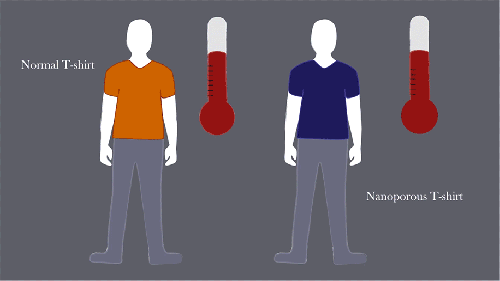
This new material will help the wearers’ to release heat. The body temperature difference between wearing the fabric and not wearing is up to 4 degrees Fahrenheit.
The study is cooperating with California San Diego Supercomputer Comet. The researching results are now published in the journal Science.
Traditional fabric through the evaporation of sweat to achieve the purpose of cooling, and this new material cooling mechanism is to let the body heat in the form of infrared radiation, distributed through the plastic material out.
Including the human body, including all objects will be distributed in the form of infrared radiation heat, which is a stealth, benign light waves. The blanket is made by capturing heat from the infrared radiation near the body to make us feel warm. Scientists say that this heat radiation from the body diverges, in the dark can be observed through the night vision goggles.
Prof. Yi Cui, associate professor of materials physics and engineering at Stanford University, is the lead author of the project. He said that if summer can make the body feel cool and not cool, it will save a lot of energy from air conditioning.
“When we were sitting in the office, 40 to 60 percent of the body’s heat was divergent in the form of infrared radiation, but the project,” said Shanhui Fan, a joint project researcher and electrical engineering specialist, who focused on optoelectronics, visible and invisible light, So far, the design and research on the thermal radiation characteristics of textiles has been very few. By adjusting the various parameters, we can determine the range of the textile pore size. The most suitable is a nanopore, which looks opaque on the surface, but in the heat The radiation wavelength range is highly transparent. ”
Team member Po-Chun Hsu said the researchers, based on the computer model, found that polyethylene variants commonly used in battery manufacturing, with specific visible light opaque but transparent to infrared radiation, can allow the body to dissipate heat. They have improved this industrial polyethylene, so that water vapor molecules can also be evaporated through the nano-pores in plastic.
At present, the researchers are continuing to work on several other aspects, including adding more colors and textures to their materials, making the material look more characteristic of the fabric.






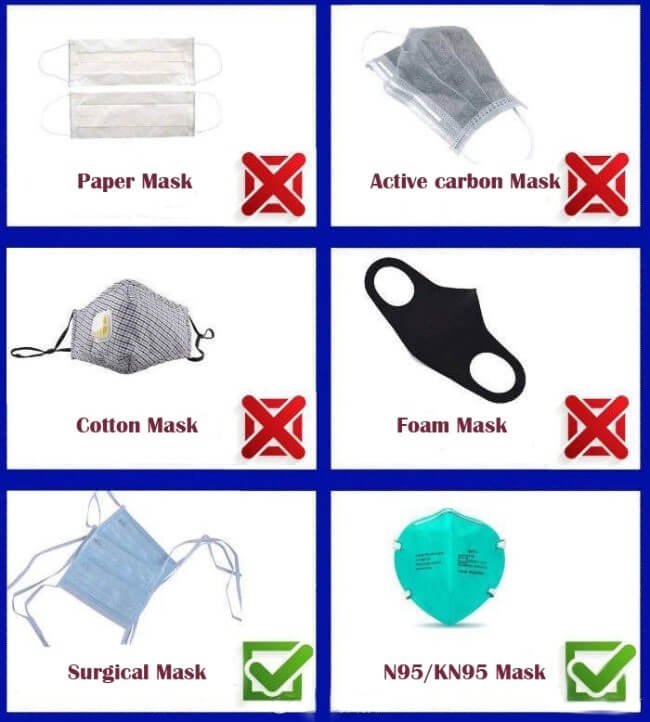
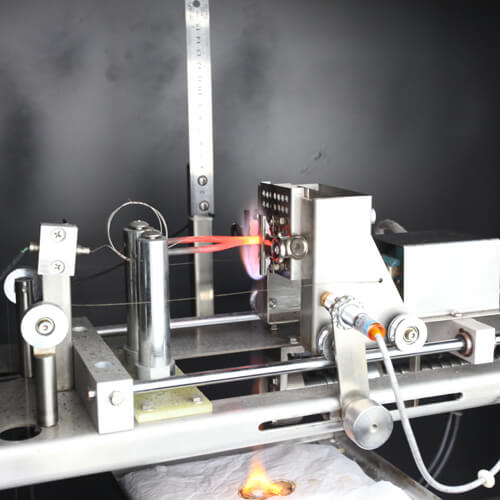

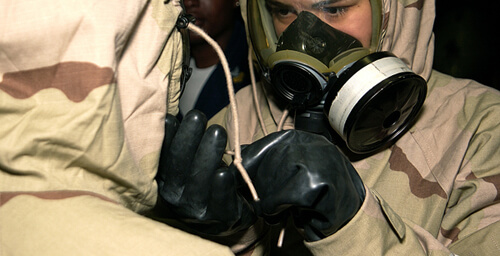
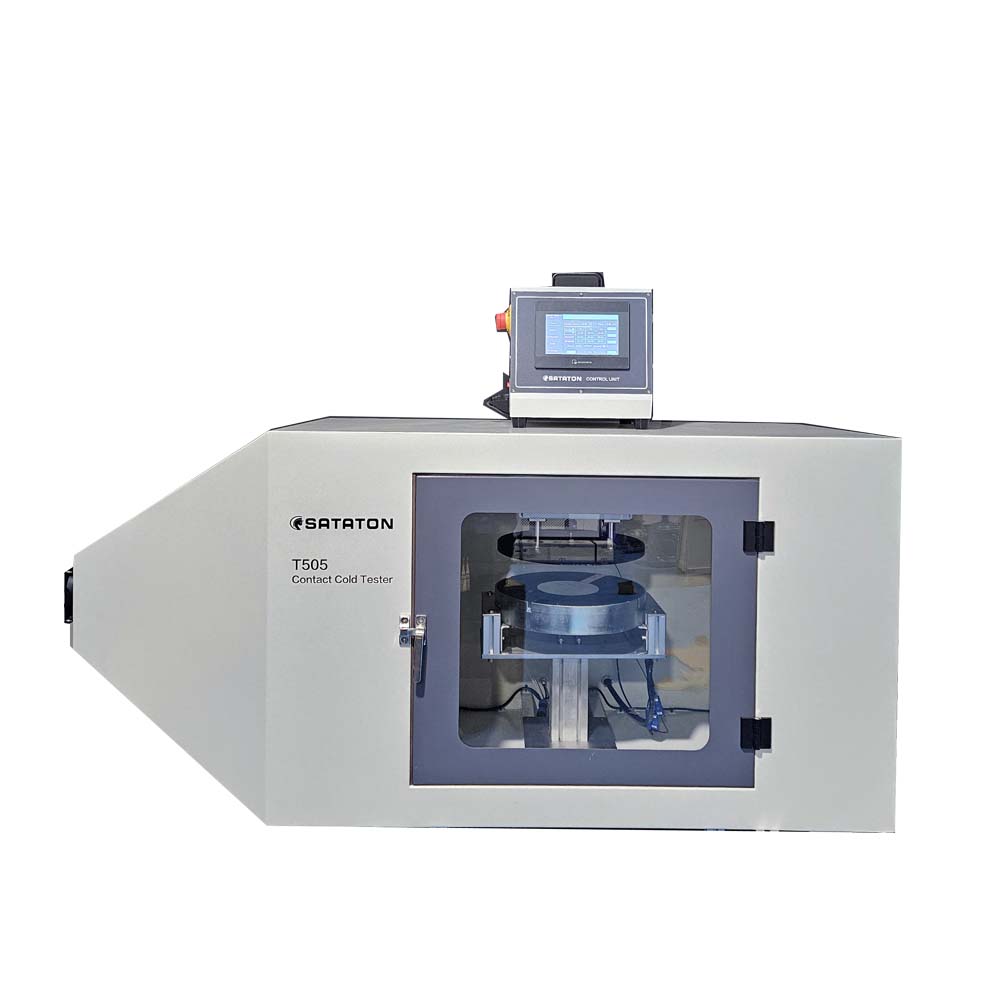
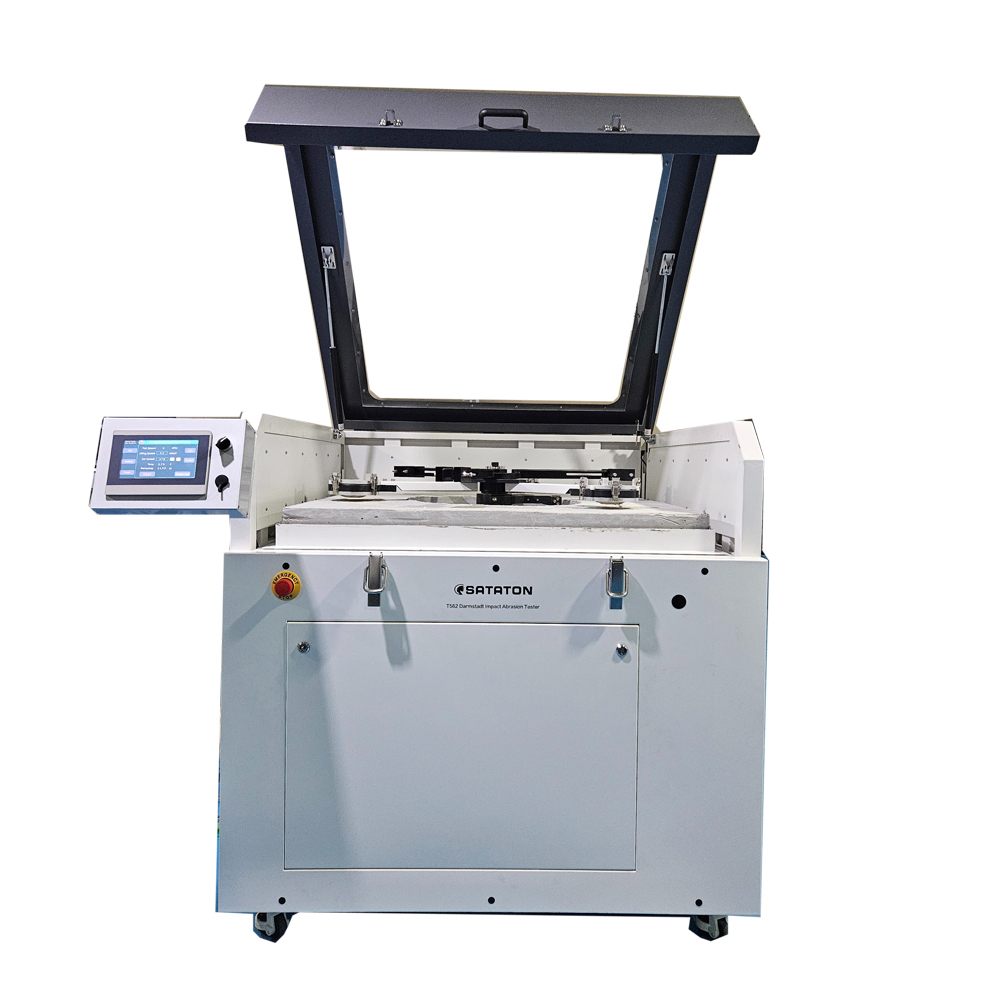
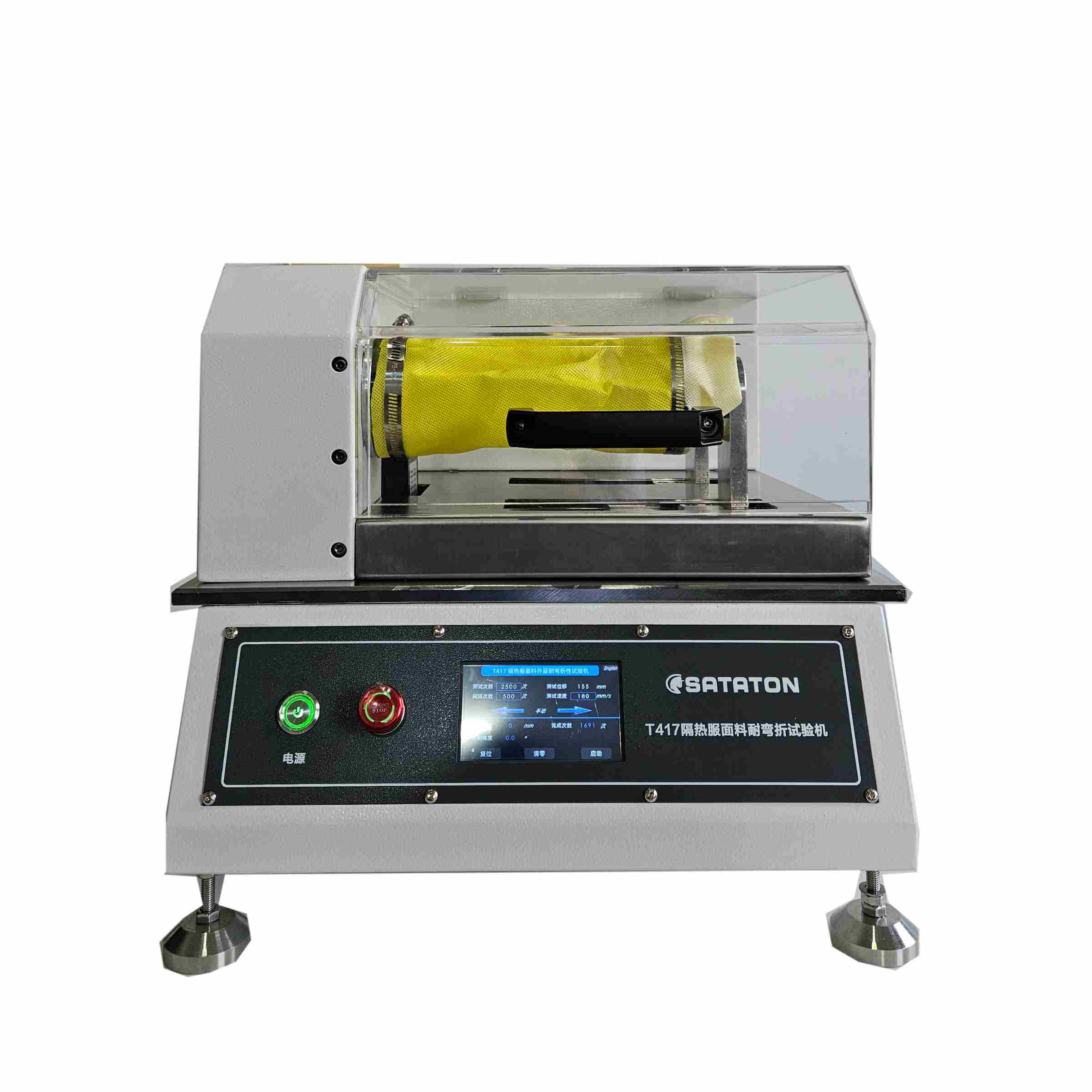

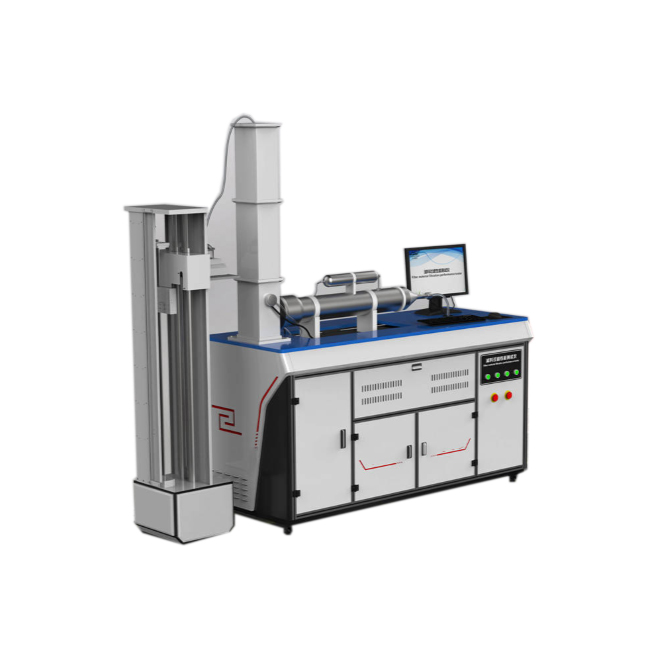
No Views.